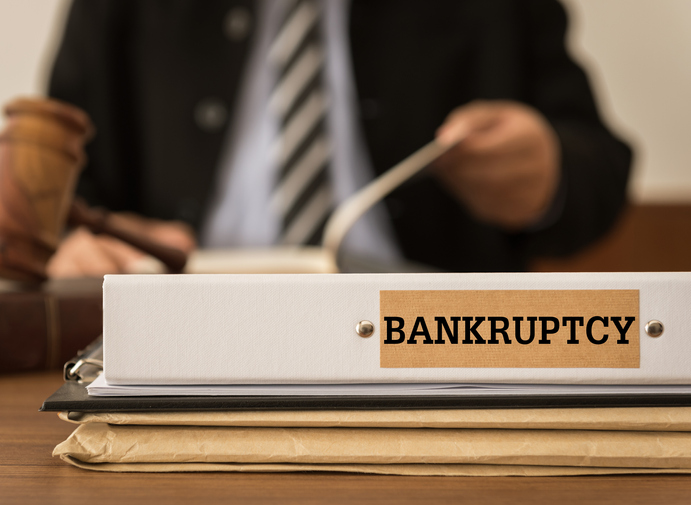Falling behind on mortgage payments can be a distressing experience, leading to the fear of foreclosure and the loss of one’s home. However, bankruptcy offers legal avenues to address this issue, providing individuals with options to either get a fresh start or reorganize their debts. Chapter 7 and Chapter 13 of the U.S. Bankruptcy Code offer two distinct paths for homeowners struggling with their mortgage payments. Understanding these options can empower homeowners to make informed decisions and navigate their financial challenges more effectively.
Chapter 7 Bankruptcy: A Fresh Start
Chapter 7 bankruptcy, often referred to as liquidation bankruptcy, allows individuals to discharge most of their unsecured debts, providing a fresh financial start. But how does it affect homeowners who are behind on their mortgage?
- Immediate Relief Through Automatic Stay: Filing for Chapter 7 triggers an automatic stay, which immediately halts all collection activities, including foreclosure proceedings. This can provide valuable time to reassess your financial situation.
- Liquidation and Exemptions: In Chapter 7, a bankruptcy trustee may liquidate non-exempt assets to repay creditors. However, many states offer exemptions that can protect some or all of the equity in your home. It’s crucial to understand these exemptions and how they apply to your situation.
- Discharging Unsecured Debts: While Chapter 7 primarily addresses unsecured debts, like credit card debt and medical bills, the elimination of these obligations can free up resources to focus on your mortgage.
- Mortgage Reaffirmation: Homeowners may have the option to reaffirm their mortgage debt, agreeing to continue making payments to retain their home. However, this decision should be made with careful consideration and legal advice.
- Strategic Considerations: Chapter 7 may not be the best solution for those primarily concerned with keeping their home, especially if they have significant equity or are seeking long-term relief from mortgage debt.

Chapter 13 Bankruptcy: Debt Consolidation and Repayment
Chapter 13 bankruptcy offers a different approach, allowing individuals to consolidate their debts and repay them over a three- to five-year period. For homeowners behind on their mortgage, Chapter 13 provides several key advantages:
- Repayment Plan: Chapter 13 involves creating a repayment plan that includes past-due mortgage payments, allowing homeowners to catch up over time while staying current on their ongoing mortgage obligations.
- Ongoing Mortgage Payments: During the Chapter 13 plan, homeowners must continue to make their regular mortgage payments, in addition to payments toward their arrearage.
- Lien Stripping: In some cases, Chapter 13 allows for “lien stripping,” which can remove second or third mortgages if the home’s value doesn’t support these additional loans.
- Protection from Foreclosure: The automatic stay in Chapter 13 also stops foreclosure proceedings, and as long as the homeowner complies with the repayment plan, they can avoid foreclosure.
- Long-Term Relief: Chapter 13 provides a structured path to not only catch up on mortgage arrears but also address other debts, offering a more comprehensive solution for financial recovery.
Making the Right Choice
Deciding between Chapter 7 and Chapter 13 bankruptcy depends on various factors, including your long-term financial goals, the nature of your debts, and your ability to make ongoing payments. Here are some considerations:
- Equity in Home: If you have significant equity in your home, Chapter 13 may offer better protection.
- Income Levels: Chapter 7 has income eligibility requirements, while Chapter 13 requires a steady income to support the repayment plan.
- Future Financial Stability: Consider which option aligns with your long-term financial goals and offers the most sustainable path to recovery.
Falling behind on mortgage payments doesn’t have to lead to foreclosure. Bankruptcy provides legal mechanisms to address this challenge, whether through the fresh start offered by Chapter 7 or the debt consolidation and repayment structure of Chapter 13. Homeowners facing financial difficulties should consult with a bankruptcy attorney to explore their options, understand the implications of each bankruptcy chapter, and choose a path that offers the best chance for financial stability and the retention of their home.


Get a Free Bankruptcy Case Evaluation